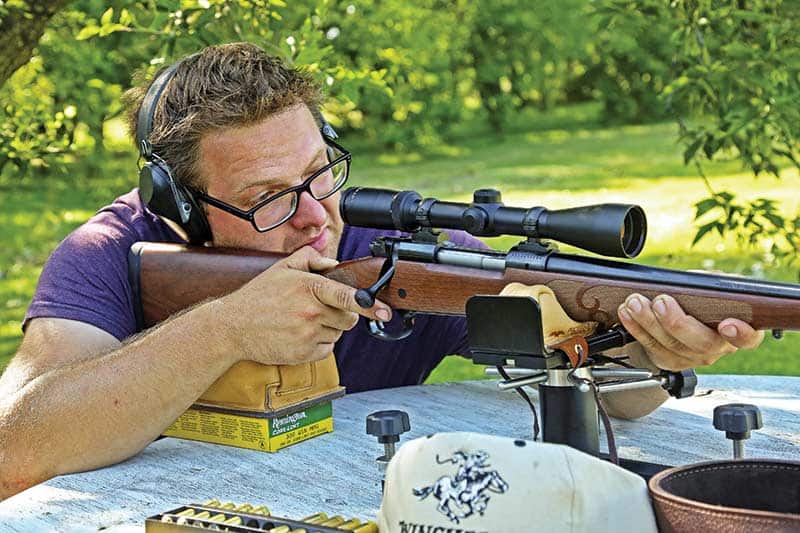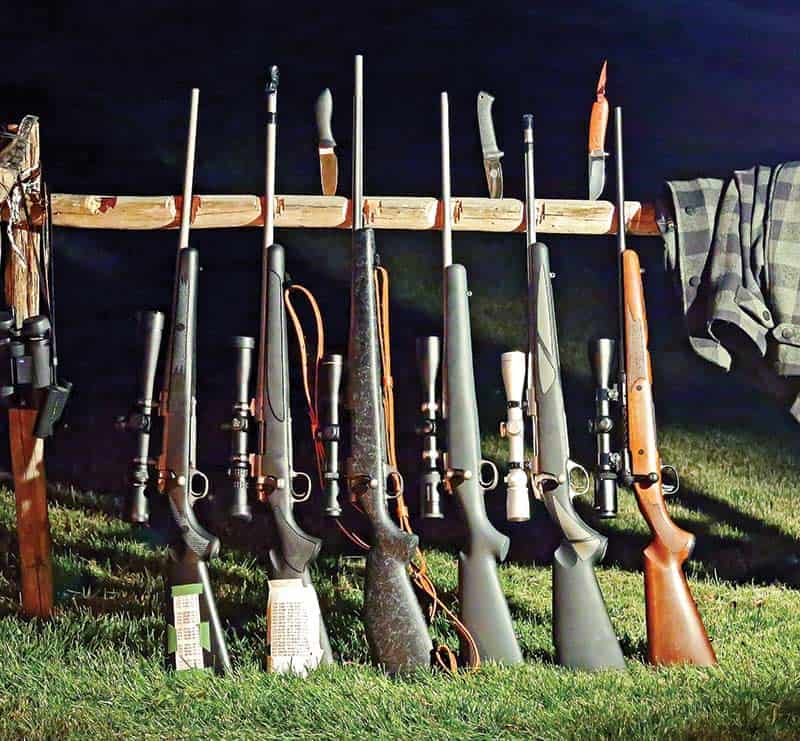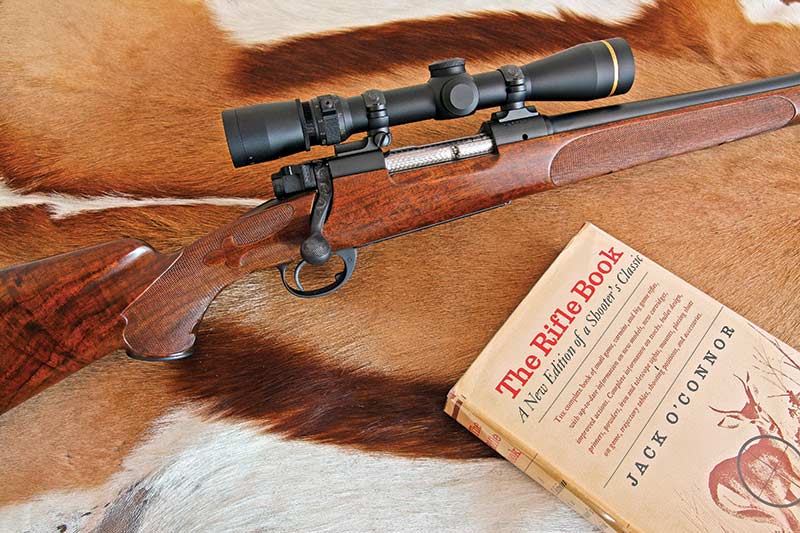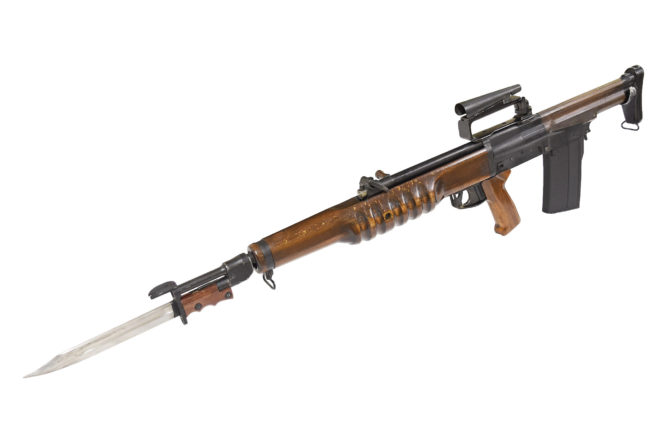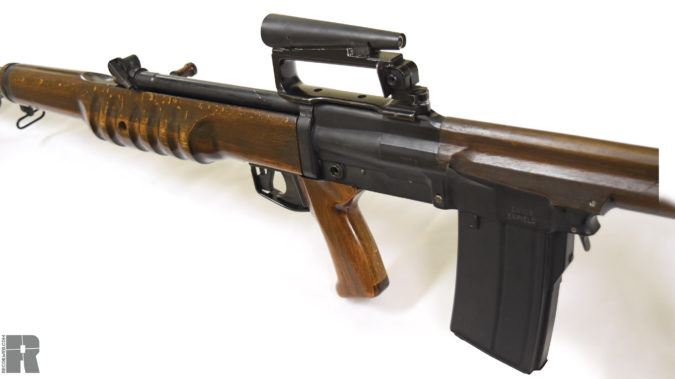Friends and relatives sometimes ask for advice on cartridge choice for big game hunting and they seem surprised I don’t have any particular favorites. I tell them the most important things are: (1) shot placement and (2) bullet action. The ability to place shots accurately on demand is important, so factors influencing shooting ability such as rifle fit, trigger quality and sighting equipment matter. Oh, and practice. The shape of the cartridge case and its head stamp matter very little.
I’ve shot big game with at least 40 different cartridges, some only one or two head, others in three figures. Some get used more than others mainly because I like certain rifles, not because of the cartridge. Still, a young fellow recently came up with convincing arguments why I should give some specific recommendations.
Questions
The young fellow is a doctor, a podiatrist to be specific, who has been attending to my feet. Just chatting along — I thought — he mentioned watching a war movie marathon over the weekend. He noticed when the bad guys wanted to torture information out of the good guys, they would go for the toes. “Toes can be really painful,” he said, taking some kind of medieval torture device from a drawer. He poised the device over my already painful toe. “By the way, what is your favorite big game cartridge?”
“It doesn’t matter much,” I started to say, when he squeezed the handle of the torture device and two small razor-sharp blades started chomping as the device got closer to my toe.
“The .270 Winchester and .300 Win. Mag.! Love them both equally! Spare my toes and I’ll give you one. I’ll give you BOTH!”
“No need,” he said mildly. “I already have a .300 Win. Mag. Besides, doctors aren’t allowed to take gifts from patients. Wouldn’t be ethical.”
“But threatening my toes with torture is ethical?” is what I said, but not out loud.
“So why do you like those two cartridges?” I didn’t want to answer but the whirling razor choppers were now within inches of my painful big toe. “I got the .270 because Jack O’Connor and John Jobson recommended it and I found a Winchester 70 on sale. I shot deer and antelope with it, they all died quickly and as far as I know are still dead.”
“What about the .300? Another good deal?”
“Actually it was, another Winchester 70, later my real favorite, a Ruger 77 Sporter. A bit heavy with its laminated stock but it has about the most recoil I can tolerate without thinking much about it. By that I mean I can hold and shoot this .300 the same as a .223 or .243. If recoil gets heavier, I have to start taking it into account, for example, making sure there is plenty of eye relief with a scope, holding firmly with the left hand to help take up recoil, having a recoil pad, keeping the stock firm against the shoulder.…”
I continued “Another nice thing about the .300 Win. Mag., — the .30-cal. bullet weighs about 30 grains more, while .270 bullets having similar sectional densities and with the same bullet form, similar ballistic coefficients, similar velocities and therefore similar trajectories.”
More choices
The doctor put the toe chomper away and got out an even more terrifying tool, this one with a motor. “Bet you think you’re mighty smart tossing around terms like sectional density and ballistic coefficient. Do you know what dendritic synovitis is? How about pemphigus? Acrokeratosis paraneoplastica? See, you’re not so smart. Are you saying I should get a .270 to go with my .300?”
“No! You should get a .22LR, a .223 and a .375, either H&H or Ruger, to go with your .300. Now I’ve told you the truth, you tell me the truth. Do you really enjoy shooting the .300 Magnum?”
“Of course I do! I love it. Recoil doesn’t bother me at all.”
I’d been watching my chance. Now I grabbed the motor-driven toe torture tool from his hands. One pull on the starter cord and the two-stroke engine roared to life. “I guess the foot’s on the other shoe now!” I said, holding the whirling blade near his toes. I’ll teach him to wear sandals to work. “Speak the truth, do you enjoy shooting the .300 Magnum?”
“No! It’s too loud. It’s too expensive. It kicks too hard. I got a scope cut. Recoil does bother me. After five shots I flinch like a patient with an ingrown toenail. I need help!”
“Very good. On Saturday we’ll go to the gun store and find a rifle that fits you in any one of 30 or 40 cartridges you will actually enjoy shooting.” I turned off the motor of the fearsome tool but didn’t put it down. “I acknowledge you are the medical expert, so carry on. We’re not going to hurt one another, are we?”
